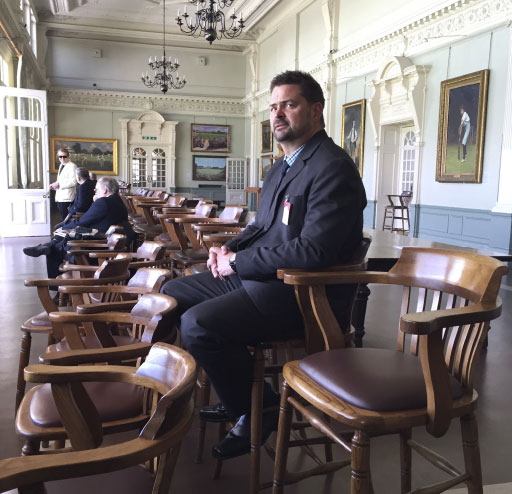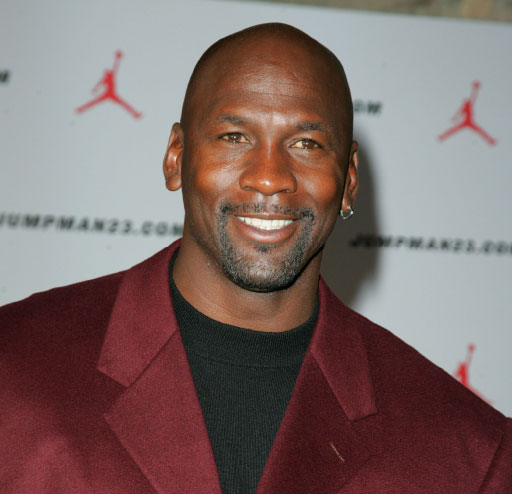 Download a printable copy of this article (PDF 508KB)
Download a printable copy of this article (PDF 508KB)
- Culture is the set of behaviours we encourage and tolerate.
- Encouraged behaviours need to be rewarded.
- Tolerated behaviours need to be confronted.
- Confront firmly, fairly and consistently.
- Ensure that the tail (behaviour) isn’t wagging the dog (culture).
When I ask school leaders about the importance of their schools’ culture, there is universal agreement that it is culture that creates learning environments that can flourish and grow. However, defining culture is much more difficult, even though it is critical to our moral and strategic purpose. We struggle to capture vague ideas such as gut feeling, atmosphere and perceived climate. Indeed, this is why many school cultures fail to thrive, and develop only through osmosis.
This is implicit culture. It is a culture where behaviour dictates purpose. When behaviour is in control, any explicitly stated intentions for culture become irrelevant. If a mission statement declares that a school will be the friendliest in Australia, yet the behaviours in the playground and the staffroom are decidedly unfriendly, even if the ambition is in flashing lights above the main entrance, no-one will be impacted by this mission statement.
Over many years of exhaustive research, I believe that the best definition of culture is a simple one. Culture is the set of behaviours that are both encouraged and tolerated.
The behaviours we encourage need to be explicit. We need to reward the repeated practice of desired behaviours both intrinsically and extrinsically. These behaviours can include kindness, collaboration, responsibility, care, empathy and personal best.
The behaviours we tolerate require some backward mapping. If kindness is an intention, then we need to focus on confronting unkind behaviours in a firm, fair and consistent way. It is crucial that we confront inappropriate behaviour choices consistently. When different teachers tackle similar situations differently, or even when the same teacher tackles things differently from day to day, we have a clear example of the tail wagging the dog. Behaviour is now driving culture and school leaders should never tolerate this.
The task of the school leader in embracing cultural leadership is threefold:
- Make the desired cultural behaviours and icons very clear.
- Blatantly and extravagantly reward the practice of these behaviours.
- Confront all behaviours that are not congruent with your culture.
When school leaders are clear and purposeful about the type of culture they are working towards and the standards that sit within that culture then the task of manifesting that culture behaviourally becomes easier. The behavioural set that we wish to encourage has become narrow, clearly defined and capable of being observed in self and others. Even further, this creates multiple opportunities to thank and congratulate team members for demonstrating behaviours that we value, building trust, commitment and moral awareness.
“How many legs does a dog have if you call the tail a leg? Four. Calling the tail a leg doesn’t make it a leg.”
– Abraham Lincoln
This ambition is the dog wagging the tail. The behaviour is a decision, the culture or character built by the accumulation of these aligned, conscious behavioural choices.
Conversely, when school leaders are at the whim of their emotions, moods and energy levels then the culture will be determined by a random, broad and indefinable behavioural set. In some classes, certain behaviours, such as the use of mobile phones or swearing, will be tolerated more or less than in others. Sometimes, even certain teachers will tolerate varying levels of these target behaviours if their emotions are determining their cultural commitment.
This is the tail wagging the cultural dog. As school leaders, this leaves us at the mercy of the myriad of behaviours that could be exhibited by staff members, students and also parents and carers in our schools on any given day.
I’d encourage your leadership team to think and talk deeply about your cultural objectives:
- How would you describe the culture you really want in a sentence?
- How are we currently committing to that cultural ambition in our actions?
- How are we enabling the explicit commitment of others to contribute positively?
- Just what needs to do be done to close the gap between current rhetoric around culture and the reality of our collective practice?







